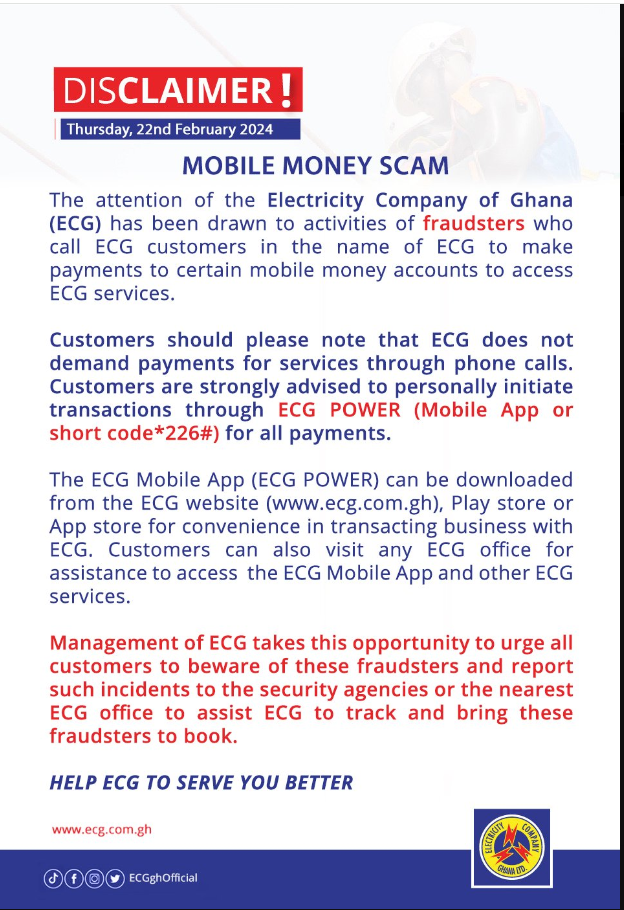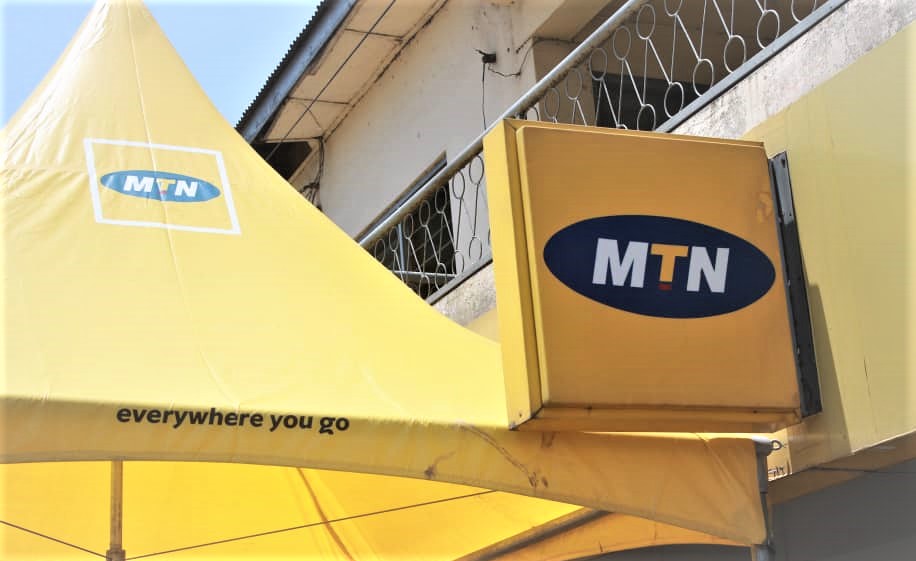
By James ABONEY
The global financial ecosystem is undergoing a seismic transformation. The increasing demand for fast, secure, transparent, and cost-effective cross-border payment systems is at the heart of this evolution.
For Ghana, a nation embracing digital transformation across its financial sector, it is time to explore next-generation technologies that can leapfrog legacy infrastructure.
One such technology is Distributed Ledger Technology (DLT), widely known through its application in blockchain platforms.
The Bank of Ghana (BoG), through its progressive regulatory stance, the launch of the eCedi pilot, and its regulatory sandbox, has signalled clear intent to position Ghana as a hub for fintech innovation in West Africa.
This article explores how DLT can be a game-changer for cross-border payments in Ghana, examining global trends, local readiness, regulatory implications, and strategic recommendations for implementation.
Rethinking the Traditional Cross-Border Payments Model
Traditional cross-border payments rely heavily on correspondent banking relationships and the SWIFT messaging network.
While this model provides global reach, it is increasingly characterised by inefficiencies such as high transaction costs, long settlement times, limited access for smaller institutions, and insufficient transparency.
The four key pain points in cross-border payments are cost, speed, access, and transparency.
These issues are particularly acute in Sub-Saharan Africa, where remittance costs remain high. The complexity of intermediary layers and regulatory compliance burdens further increases friction in the transaction lifecycle.
Distributed Ledger Technology: An Overview
Distributed Ledger Technology is a decentralised digital system for recording transactions across multiple locations simultaneously. Unlike traditional centralised databases, DLT offers a shared ledger where each participant maintains a copy, and consensus mechanisms validate all updates.
DLT can facilitate real-time, immutable, and secure transactions, which has significant implications for payment systems. By eliminating intermediaries, reducing reconciliation efforts, and enhancing data integrity, DLT can deliver faster, cheaper, and more inclusive financial services.
How DLT Enhances Cross-Border Payments.
DLT’s potential to transform cross-border payments lies in its ability to address longstanding inefficiencies:
– Cost reduction by removing the need for pre-funded Nostro accounts.
– Speed enhancement via instant settlement capabilities.
– Improved access for smaller financial institutions and fintechs.
– Full transparency and traceability of transactions to support AML/CFT compliance.
Leading global financial institutions and central banks are piloting DLT solutions. For example, the Bank of Canada and the Monetary Authority of Singapore conducted a successful cross-border CBDC trial using DLT. Meanwhile, banks such as Santander and UBS are leveraging RippleNet to make near-instant international transfers.
The Role of the Bank of Ghana and Regulatory Considerations
BoG’s FinTech and Innovation Office, established to supervise digital financial products and innovation, is well-positioned to evaluate DLT’s adoption. Its regulatory sandbox provides a controlled environment to pilot DLT use cases with minimal risk.
BoG’s regulatory approach emphasises:
– Stability of the financial system
– Protection of consumers
– Data privacy and cybersecurity
– KYC/AML compliance
Globally, the European Union has adopted the DLT Pilot Regime to support digital asset innovation while maintaining investor protection. Ghana could consider similar legislative instruments, tailored to local needs, to create a robust legal framework for DLT-based financial services.
Legal, Supervisory, and Oversight Implications
A shift to DLT-based payment systems necessitates clear legal definitions, interoperability standards, and liability guidelines. Jurisdictional questions arise in cross-border DLT networks, requiring international cooperation.
The Bank of Ghana can leverage international standards such as the CPMI-IOSCO Principles for Financial Market Infrastructures (PFMI) and collaborate with regional peers to establish harmonised frameworks. Creating hybrid public-private governance models, such as those used by the ISO and BIS, could support effective oversight and innovation alignment.
Conclusion: A Call to Action
Ghana has a unique opportunity to lead the adoption of DLT for cross-border payments in Africa. The convergence of policy vision, regulatory readiness, and technological maturity makes this the right time to explore and invest in DLT solutions.
With strategic collaboration between the Bank of Ghana, commercial banks, fintech startups, and international development partners, DLT can enhance Ghana’s financial system’s efficiency, transparency, and inclusiveness.
As the global payments landscape evolves, Ghana must not only keep pace but set the pace for innovation-driven financial transformation.
About the Author
James Aboney is a finance professional with an interest in digital innovation, regulation, and payment systems. For further inquiries, he can be reached via email at [email protected]
The post Transforming cross-border payments through Distributed Ledger Technology appeared first on The Business & Financial Times.
Read Full Story















Facebook
Twitter
Pinterest
Instagram
Google+
YouTube
LinkedIn
RSS